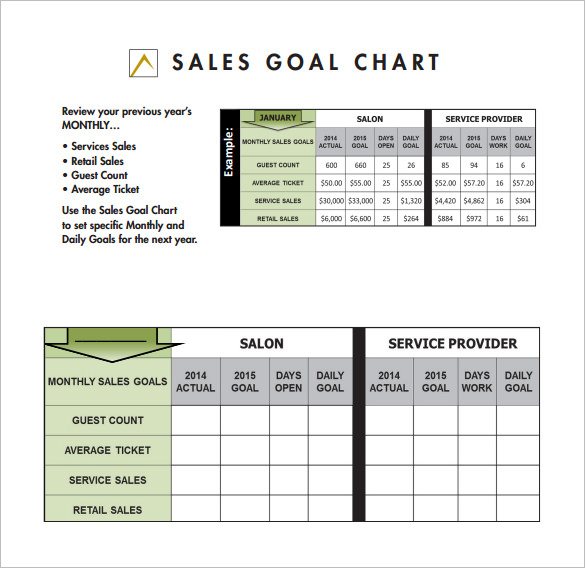
Some are good in some areas, but not good in others, and the explanation after the goal will show how it can be improved to use the power of each element of the smart acronym. and you'll find an explanation of why after each goal. Some of the goals below are excellent examples of goals that meet the SMART criteria. I hope this will give you some ideas when choosing your own goals and help you tighten up your goals making them SMARTer. In each category below you'll find a wide variety of goal setting examples to use, utilising a number of different psychological techniques. Having a variety of both types of goals is desirable. Short-term (proximal) goals are usually set to provide drive, focus, and persistence against obstacles. The purpose of aspirations or dreams, which tend to be longer term (distal) goals, are to provide excitement, hope, and energy. However, action goals usually tend to be shorter term and are often set specifically to move closer to an outcome goal. SMART goals tend to be either outcome goals (what final result you'd like to see, sometimes called end goals) or action goals (what you intend to do to get there, sometimes called performance goals).īoth outcome goals and action goals can exist in multiple time frames and in fact it's recommended that they do. Health and Fitness, Weight Loss and Body.Always supervise your baby during tummy time.For easy browsing, the 100 examples below are split into 10 categories:

Read our tummy time FAQs for expert advice on common tummy time concerns. “But do continue to offer lots of floor play,” she adds. Once your baby can get into and out of sitting on their own-and/or begins to crawl-you can stop doing reps of tummy time, says Coley.

Begin to press up briefly through straight arms.Press through their forearms to lift their upper chest.Turn their head to place the opposite cheek downĪt this stage, the goal is for your baby to continue to strengthen their muscles and grasp nearby toys.Turn their lifted head to fully look left, right, and straight ahead.Lift their head to a 45-degree angle and hold it briefly without bobbing, getting closer to 90 degrees by 5 months of age.Use their elbows for stability, either under or in front of their shoulders.Straighten their legs so that their lower belly touches the surface beneath them.If your baby isn’t loving tummy time on the floor, check out “4 ideas for no-floor, less fussy tummy time.” Tummy time at 3–5 monthsĪt this stage, the goal is strengthening head, neck, and upper body muscles. Make crawling or pushing motions with their feet.Be able to lift and turn their head briefly with great effort.Bend their arms and tuck them close to the body with hands near shoulders.

In tummy time, your newborn or young baby may: Tummy time at 0–2 monthsĪt this stage, the goal is for your baby to become comfortable on their belly. For more, check out the Lovevery Parent Course, Baby’s Best Tummy Time. Learn what to expect over time in this illustrated guide from pediatric occupational therapist Rachel Coley. Comfort is the goal when they’re first starting out, followed by strengthening and, eventually, forward movement. Tummy time positions actually vary quite a bit depending on your baby’s age and strength. You may wonder, “Are we doing this right?” 🙃 You know your baby needs tummy time, but sometimes they seem so uncomfortable.


 0 kommentar(er)
0 kommentar(er)
